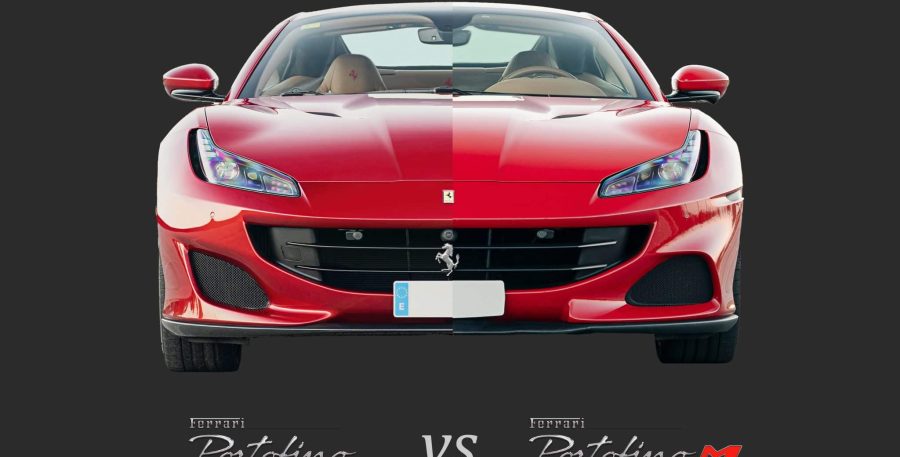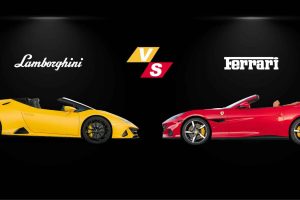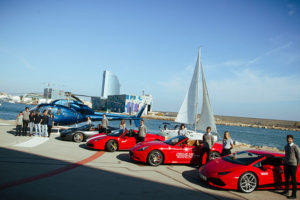The Ferrari Portofino M represents a step forward in the evolution of the Portofino. The addition of “M” in its name, which stands for “Modificatta,” indicates that both its performance and mechanics have evolved significantly compared to the original model. In this article, we will look at the key variations to understand how the transition from one model to another has led to significant improvements.
Greater power
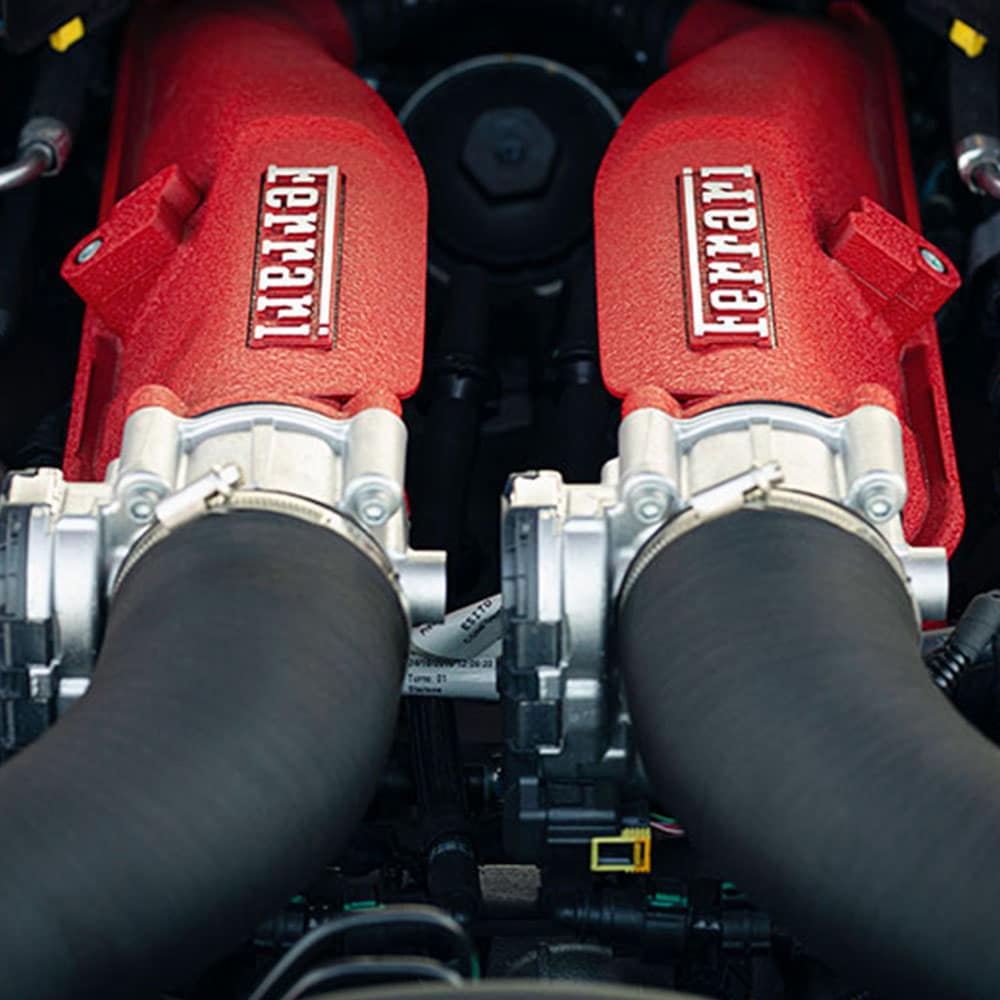
Under the hood, the Portofino M unleashes higher power compared to the Portofino. Although both models share the 3.8-liter V8 engine, the Portofino M achieves a power output of 620 HP, representing a 20 HP increase compared to the 600 HP offered by the Portofino. Additionally, the Portofino M exhibits a slight improvement in its acceleration capability, reaching 100 km/h in 3.45 seconds, as opposed to the Portofino’s 3.5 seconds. Thanks to enhancements in electronic management and mechanical adjustments, the additional power is attributed in part to a higher limit on the maximum revolutions of the turbocharger and new cam profiles. All of this translates into a quicker throttle response and an even more exhilarating driving experience. Furthermore, the exhaust system has been tuned to provide a more sporty and immersive sound.
A renewed transmission
The Portofino M introduces a new 8-speed dual-clutch automatic transmission, replacing the previous 7-speed version in the original Portofino. This new gearbox not only optimizes efficiency in gear shifts but also contributes to smoother and more responsive driving. It integrates variable boost management, adjusting torque delivery according to the selected gear and limiting maximum torque in the top two gears. Furthermore, this updated transmission achieves a weight savings of 8 kilograms compared to its predecessor.

More dynamic
One of the main innovations introduced by the Portofino M is the addition of the RACE mode on the Manettino, specifically designed to maximize driving enjoyment and explore the limits of the car. This joins the existing Wet, Comfort, Sport, and ESC-Off configurations already present in the Manettino of the standard Portofino. Additionally, the Portofino M incorporates the latest evolution of the Side Slip Control, the sixth generation of this stability control that significantly enhances the vehicle’s dynamics, especially when exiting curves.
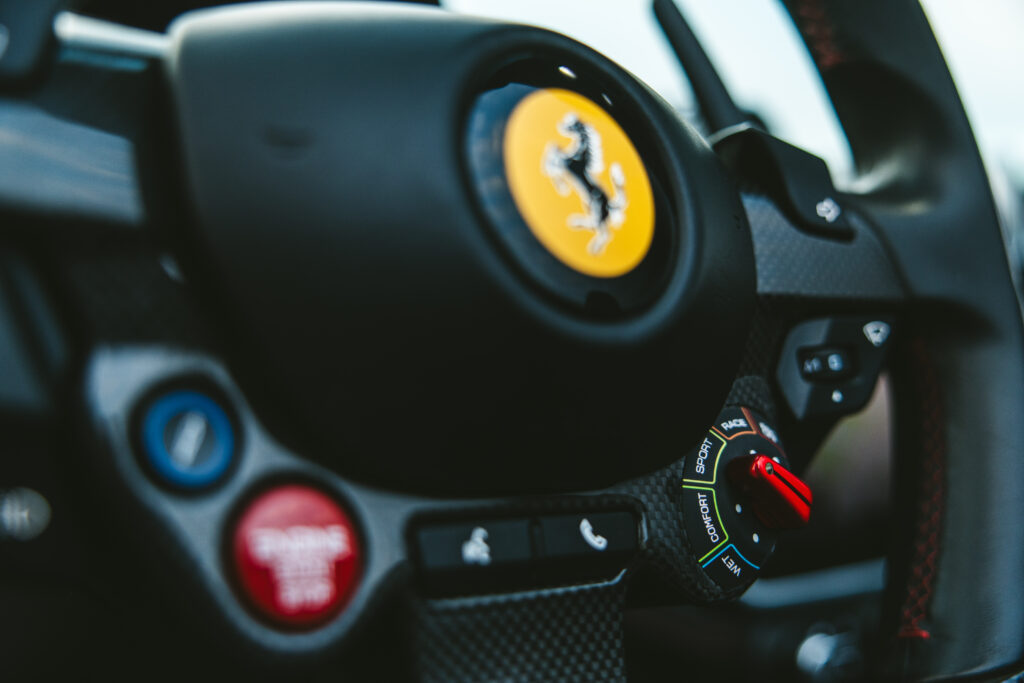
A more aggressive appearance
Despite the intention to maintain fidelity to the original model’s style while developing the new Portofino, with changes primarily in the mechanical and dynamic aspects, the exterior appearance of the Portofino M undergoes subtle modifications. In the front, adjustments have been made to the grille, bumpers, and air intakes, adopting a more aggressive and sporty design. Two larger air intakes, along with renewed side moldings, particularly stand out. In the rear, the lower diffuser has undergone modifications, incorporating a redesigned aerodynamics. This change has been made possible by the new exhaust system, which eliminates the rear muffler, creating space for the redesigned bumper, now more aerodynamic. The rear lights are even slimmer, completing the aesthetic update.
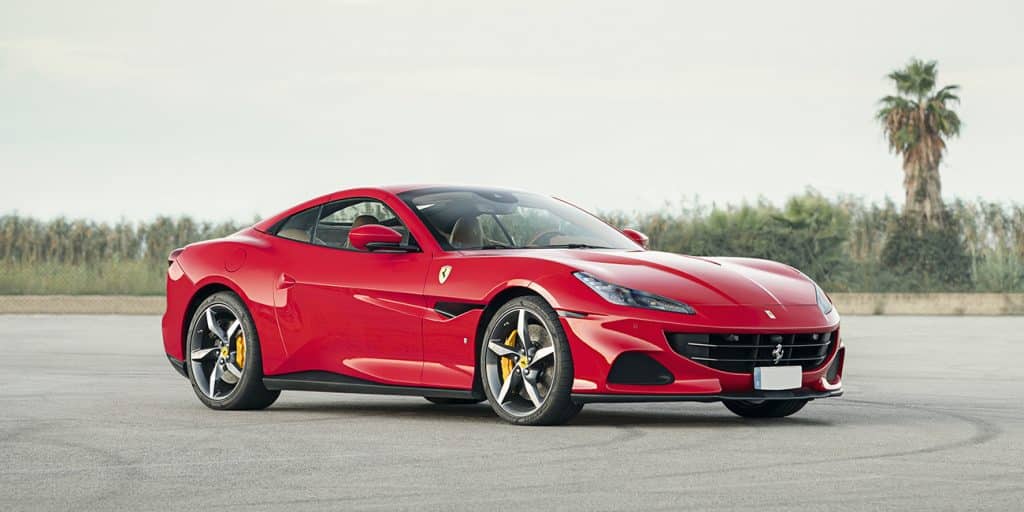
A refined interior
Both models boast luxurious and technologically advanced interiors; however, the Portofino M stands out with some significant updates. The redesigned front seats take center stage, being slimmer and equipped with heating and ventilation functions, offering a spacious and comfortable area for rear occupants. Additionally, the Portofino M features a full HD screen with Split View, allowing the display of two contents based on the seat position. It also includes a second screen for the co-driver, enabling them to select their own music, check the navigation system map, or access information about the car. The inclusion of compatibility with Apple CarPlay and Android Auto further enhances the connectivity and entertainment experience.
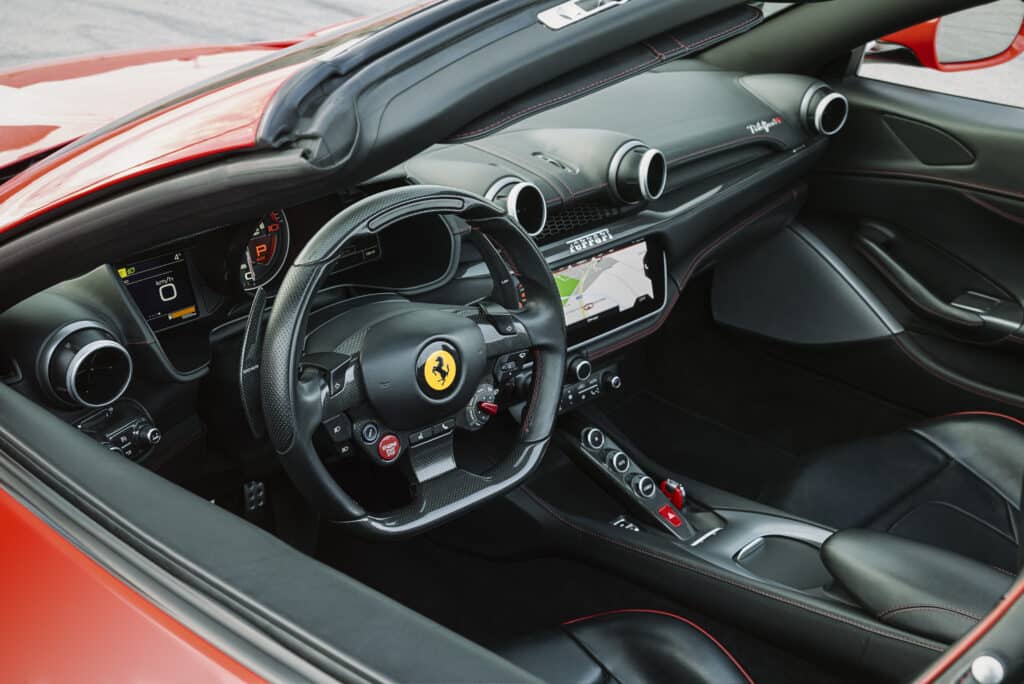
Conclusion
In summary, both the Ferrari Portofino and the Portofino M embody excellence in the 2+2 grand touring sports car category. The choice between them will depend on the driver’s personal preferences and the significance placed on performance and design improvements; however, either option would be an excellent decision.


